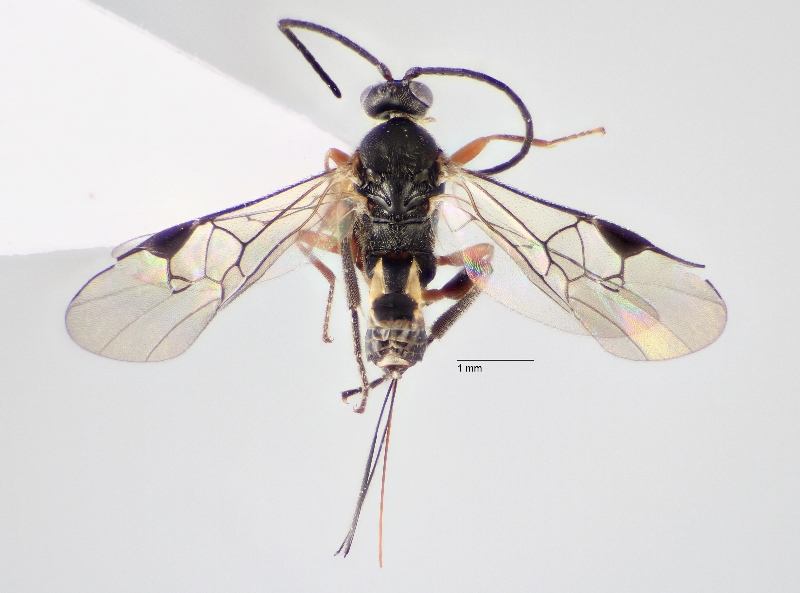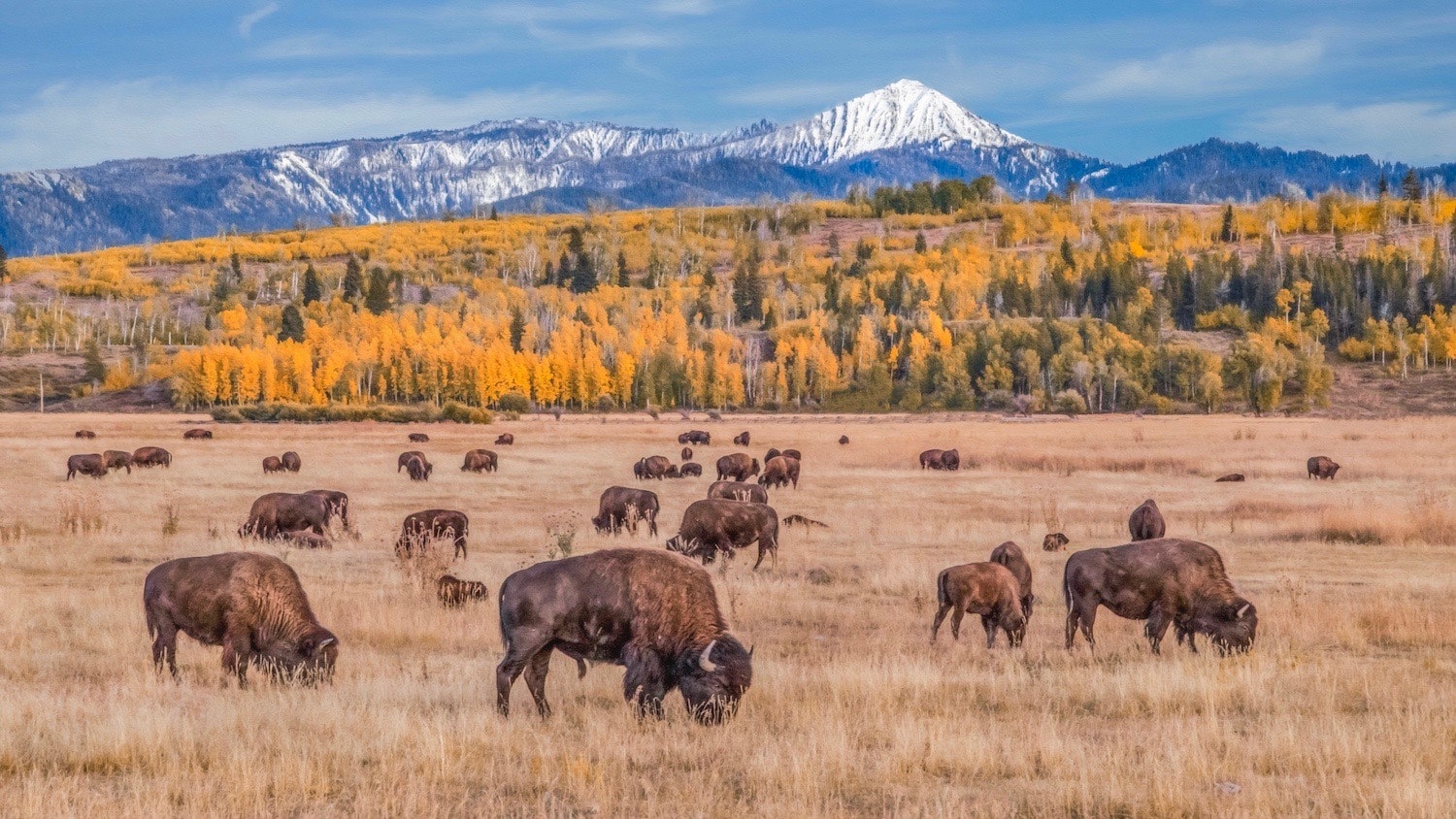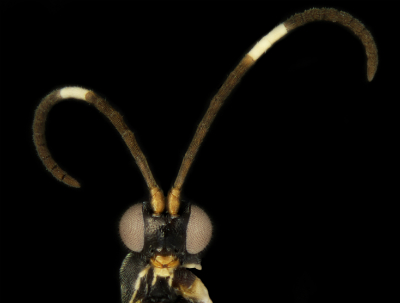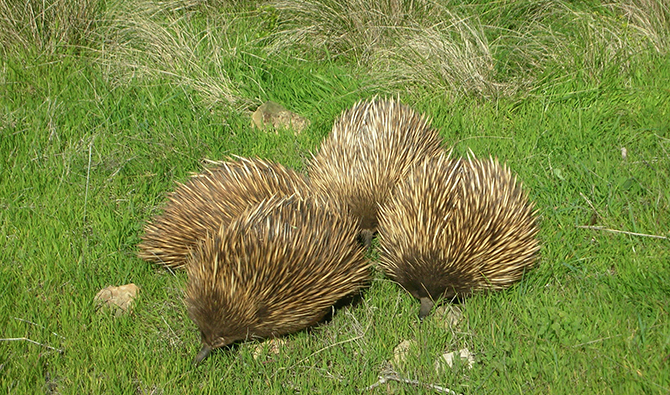Guest post by Adelaide University PHD Student Erinn Peta Fagan-Jefferies
There are a predicted 600,000 species of plant and animal in Australia, but only 30% have been formally documented and named. Taxonomy, the science of describing new species, is normally a slow process – but with so many species waiting to be documented, can we somehow speed up the process of species discovery?
One way of finding out how many species might be in a collection of specimens without having to physically identify all of them is to use a DNA barcode. Like how the barcodes on food at the supermarket are unique to the product, so that the can of beans can be identified by the checkout scanner differently to the can of tomatoes, parts of an organism’s DNA can be unique to a species. It’s not a perfect method, as depending on the part of the DNA you use, there might be some variation within a species, and different levels of variation corresponding to the difference between species, but it can dramatically speed up our estimations of how many species might be in a sample.
In a recently published study, we set out to use this method of DNA barcoding to look at how many species of micogastrine parasitoid wasps there might be, from a collection of over 500 specimens from museums and field work. Microgastrines are a subfamily of wasp (family Braconidae for the entophiles) that parasitise caterpillars – the mother wasps inject their eggs into living caterpillars, and the wasp larvae then grow inside the caterpillar, slowly eating it from the inside out. They’re charming creatures. Before you feel too sorry for the caterpillar, remember that nature is all about balance, and these wasps are incredibly important in controlling native caterpillar populations, and also play significant roles in controlling caterpillar pests in crops, including potato crops in Australia. So if you like potato chips as much as I do, remember to thank the wasps for fighting the pests!
We sequenced DNA barcodes for three genes for more than 500 specimens of wasps (that I’d previously travelled all over the country sifting out of bulk museum ethanol collections, and gathered from field work and insect traps run by colleagues) and used several methods to determine how many species there might be. We found 236 different species of microgastrines, of which over half were represented by a single specimen. This means that there are almost certainly many more species of this group that we didn’t manage to collect. We also found that over 90% of the species identified are endemic to Australia, meaning they aren’t found anywhere else – but this might change as the countries near to Australia are better surveyed. There’s currently only 99 species of these wasps named and described in Australia, so even if they were all included in the specimens that were DNA sequenced (highly unlikely) we’ve more than doubled the number of known species for the country.
As these wasps are really host specific, meaning that many of the wasp species only parasitise a single species of butterfly or moth, we can use the ratio of moths and butterflies to microgastrines in well studied parts of the world to give a rough estimation of the number of microgastrines there might be in Australia. Using this method, the Australian microgastrines might number more than 1500 species!
The next step is to start naming and describing all these new species that we documented, so that they can be more easily identified by people who collect them in the field… stay tuned for some new species getting published really soon!
Our DNA barcoding study was published online in Molecular Ecology Resources on the 23/05/2018 https://doi.org/10.1111/1755-0998.12904
Follow on Twitter: Erin @ErinnFJ and her lab at @DNArthropods










